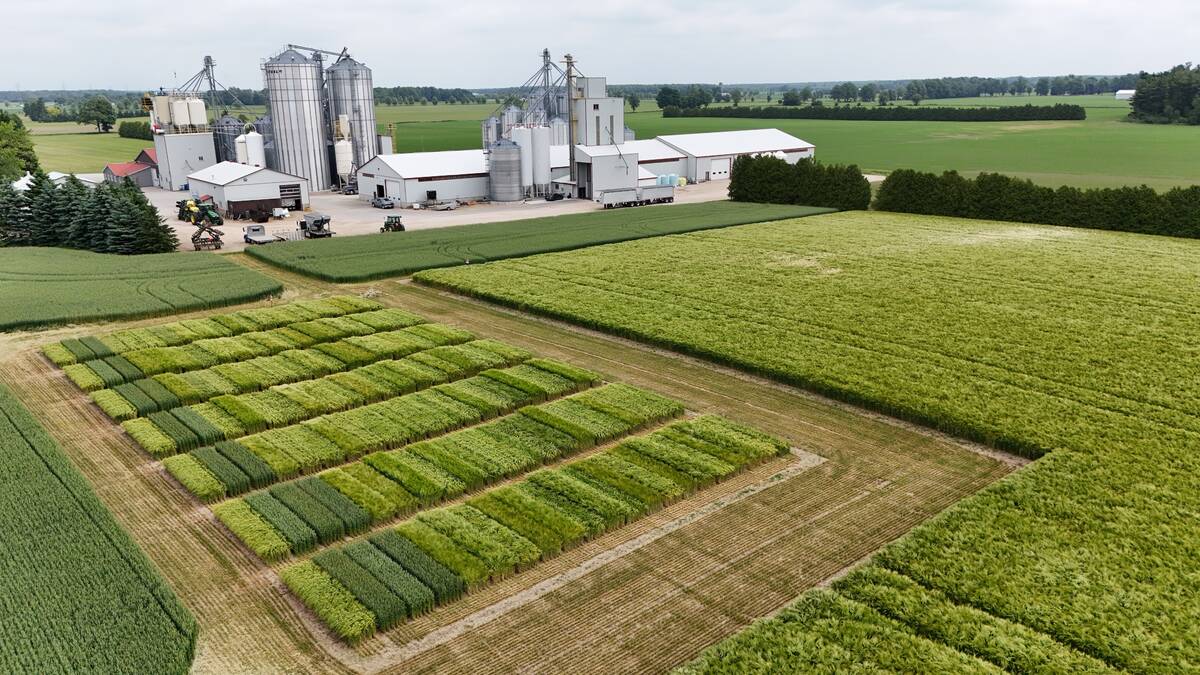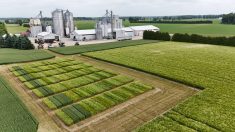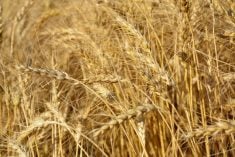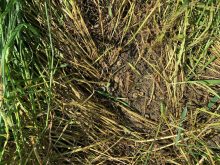Small grains farming in Ontario often gets overlooked in an industry focused on corn and soybeans, but a Ridgetown farmer is glad to see Cereals Canada promote the crop class.
“I’m a cereals promoter,” said Stan Brien, who was in Winnipeg for the intensive, farmer-focused three-day Combine to Customer program put on by Cereals Canada in late February.
Despite the small share of Canada’s wheat and barley production provided by Ontario, Quebec and Atlantic Canada, that half of the country has almost as many classes of wheat as Western Canada. Some of that production goes to the feed market, but significant amounts go to local milling markets and to eastern and southern-facing export markets.
Read Also

Winter cereals beyond wheat gaining traction
Winter cereals such other than wheat, such as barley, could provide better yield and rotation options for Ontario growers.
Why it matters: Wheat and other cereal grains can be important for farms with marginal land or livestock.
That makes the Canadian cereals industry a truly national commodity market, with access to markets in Europe, North Africa and sub-Saharan Africa to the east, Mexico and South America due south, and the Asian noodle, bread and beer markets to the west.
Brien, a long-time Grain Farmers of Ontario delegate, said he’s keen on keeping cereal grains within Ontario farmers’ rotations, especially in areas with marginal land.
High-input corn or high-cost soybeans form the core of most farmers’ production systems, but for those with livestock or less than ideal land, crops like wheat can be important.
“You might not gross the same dollarwise in cereals, but there’s certainly a place for more cereals in Ontario,” said Brien.
The Combine to Customer course included two grain farmers from Prince Edward Island, as well as an assortment of farmers from Alberta, Saskatchewan and Manitoba.
Participants heard about the never-ending promotion of Canadian grains that is necessary to maintain old markets and win new markets amid intense export competition from the United States, Australia and Russia.
At Cereals Canada, commercial-style noodle-making, pasta-making, milling and baking facilities show customers of Canadian wheat and durum how products for their markets might turn out. Brewing facilities operated by the Canadian Malt Barley Technical Centre create whatever sort of beer a foreign buyer wants to investigate.
The facilities, just a couple of dozen metres down the street from Winnipeg’s iconic Portage and Main, see a steady stream of visitors throughout the year. Groups of millers and other processors come from all corners of the world.
The Combine to Customer program is a way for Canadian farmers to see inside the complex, competitive and dynamic industry that is built upon their labours and grains.
– Ed White is a reporter with the Western Producer.














